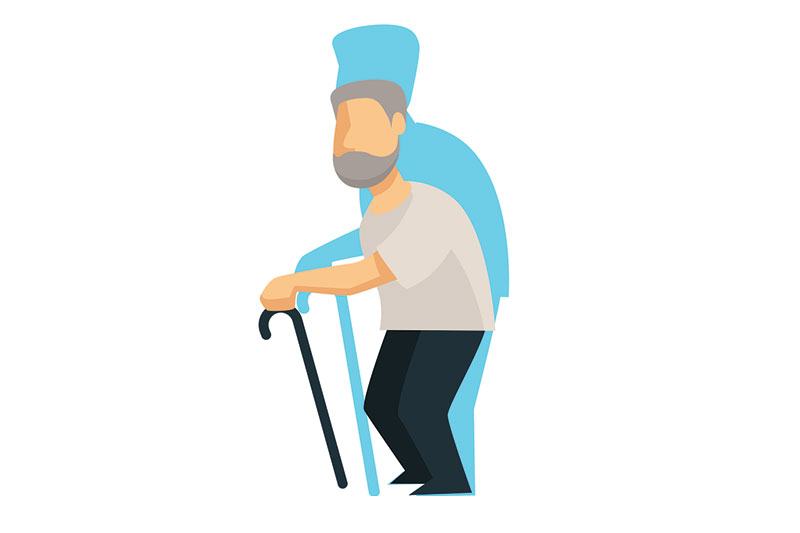
As you grow older, you may notice that your height isn’t quite what it used to be. This isn’t an illusion—your body is shrinking, and it’s a natural part of aging. Starting in your 30s, you can expect to lose about half an inch in height every 10 years. But why does this happen, and what factors contribute to this gradual decrease in stature?
The main reason for height loss as we age is the compression of the spinal discs, which are gel-like cushions between the vertebrae of the spine. Over time, these discs lose water content, causing them to become thinner and less effective in maintaining space between the vertebrae. This results in a slight decrease in height as the spine compresses.
Another factor contributing to height loss is the weakening of the muscles and ligaments that support the spine. As we age, muscle mass and strength can decline, leading to changes in posture, such as a stooped or hunched stance. This change in posture can also make it appear as though we are losing height.
Osteoporosis, a condition characterized by weakened bones and decreased bone density, can also play a role in height loss, particularly in women. Osteoporosis can cause vertebrae to become more fragile and prone to fractures, leading to further compression of the spine and an even greater loss of height.
While it is impossible to completely prevent height loss as you age, there are ways to minimize its effects. Maintaining a healthy lifestyle, including regular exercise and a balanced diet, can help support bone and muscle health, delaying the onset of age-related height loss. Additionally, practicing good posture and engaging in activities that promote spinal health, such as yoga or Pilates, can help maintain spinal alignment and flexibility.
In conclusion, losing height as we age is an inevitable part of the aging process, primarily due to the compression of spinal discs and the weakening of supportive muscles and ligaments. Adopting a healthy lifestyle and focusing on spinal health can help minimize the impact of age-related height loss and maintain a more youthful stature.
Article sources:
Skerry, T. M. (1994). One Mechanism for Age-Related Bone Loss: a Powerful Stimulation of Bone Resorption by Decreased Calcitonin Secretion. Age and Ageing, 23(5), 389-394. doi:10.1093/ageing/23.5.389
National Institute on Aging. (2017). AgePage: Osteoporosis: The Bone Thief. Retrieved from https://www.nia.nih.gov/health/osteoporosis


